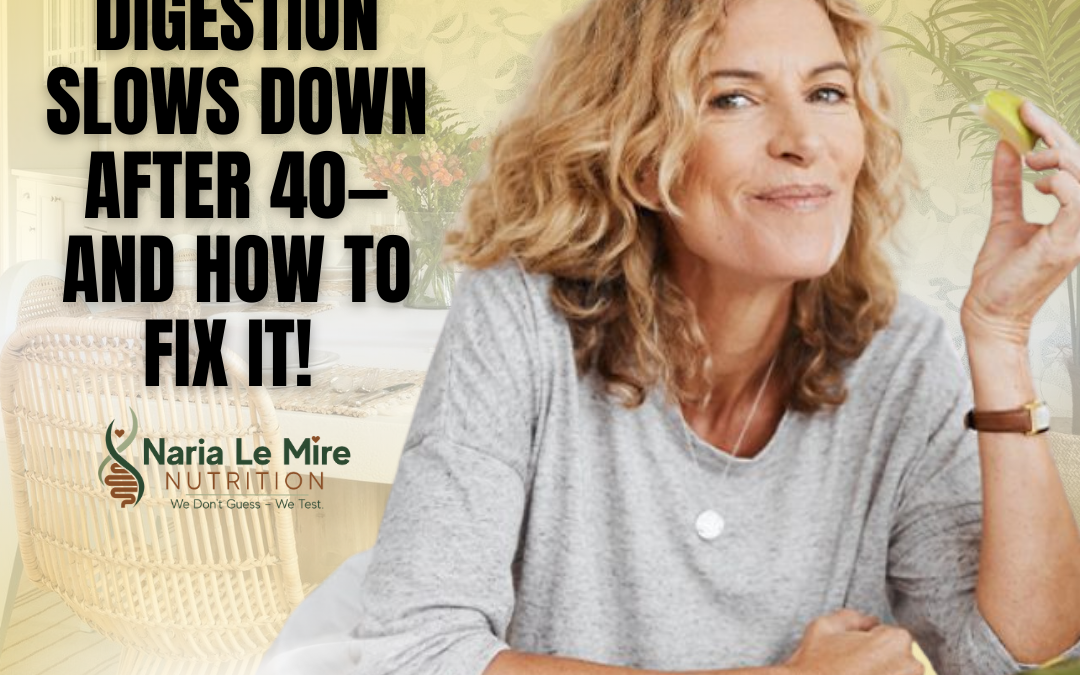Managing gut health is a delicate balance, especially when transitioning from a low-fiber diet during a flare-up to a high-fiber diet to prevent future issues. This process is particularly crucial for individuals with conditions like diverticulosis and inflammatory bowel disease (IBD). Here’s a practical guide to help you make this transition smoothly while supporting your gut health. This is NOT medical advice, please make sure to consult with your provider to review what is best for you. Not let’s get to it!!
First, let’s review some basics
Diverticulosis involves the formation of small pouches in the colon wall that can become inflamed or infected, leading to diverticulitis. During a flare-up, a low-fiber diet is often recommended to reduce irritation. However, once the flare-up subsides, transitioning to a high-fiber diet is essential to prevent future episodes.
Inflammatory Bowel Disease (IBD), which includes Crohn’s disease and ulcerative colitis, involves chronic inflammation of the digestive tract. During an active flare-up, a low-residue (low-fiber) diet helps minimize symptoms. In remission, a gradual increase in dietary fiber can aid in maintaining gut health and reducing inflammation.
Step-by-Step Transition Plan
- Consult Your Healthcare Provider:
Before making any dietary changes, it’s crucial to consult with your doctor or a registered dietitian. They can provide personalized advice based on your specific condition and overall health. - Start Slowly:
Abruptly increasing fiber intake can cause gas, bloating, and discomfort. Begin by incorporating small amounts of fiber into your diet gradually. I highly recommend to focus on soft foods such as canned, avoiding or limitingt gas producing vegetables such as broccoli, raw vegetables, and skins with fruits at this early stage. - Choose the Right Types of Fiber:
Soluble Fiber: Found in foods like oats, apples, and carrots, soluble fiber dissolves in water and forms a gel-like substance, which can help regulate digestion.
Insoluble Fiber: Found in whole grains, nuts, and vegetables, insoluble fiber adds bulk to stool and helps it pass more quickly through the intestines. - Introduce Fiber-Rich Foods Gradually.
Week 1-2: Start with easily digestible sources of fiber, such as bananas, and cooked vegetables. 6-8 grams is typically a good starting point.
Week 3-4: Add small amounts of beans, lentils, and whole grains like brown rice or quinoa. Starting with ¼ cup or less is a safe point for most.
Week 5-8: Introduce more fibrous vegetables (like broccoli and Brussels sprouts) and fruits (like apples and pears) in moderation. - Stay Hydrated:
Fiber absorbs water, so it’s essential to drink plenty of fluids to help fiber move smoothly through your digestive system. If you have a fluid restriction, consult with your doctor. If not fluid restriction, 2.5 Liters a day of fluid is a good start for most. Remember, fluids includes water, bone broth, jello and similar items. Make sure to consult with your provider to know what’s best for you. - Monitor Your Symptoms: Keep a food diary to track what you eat and how it affects your symptoms. This can help identify which foods are beneficial and which might need to be avoided or limited.
Tips for Success
- Be Patient: The transition to a higher fiber diet should be slow and steady to avoid digestive discomfort. It is variable from one person to the next. In my experience it can take a few weeks or months depending on the case. Either way, it’s best to take it slow even if it takes longer than anticipated with the guidance of your dietitian. Essentially, do it right the first time to avoid a flare up.
- Listen to Your Body: Pay attention to how your body responds to new foods and adjust your diet accordingly.The one in charge is your body as it’s doing all the digesting so if you’re body is saying “Hold your horses, I need more time”, be respectful and listen.
- Use Supplements if Needed: If you find it difficult to get enough fiber from food alone, consider fiber supplements like psyllium husk, but only after consulting with your healthcare provider.
- Maintain a Balanced Diet: Ensure you’re getting a variety of nutrients from different food sources to support overall health. Remember, foods work well when paired together.
Transitioning to a high-fiber diet after a flare-up of diverticulosis or IBD can be a game-changer for your gut health. By following these steps and working closely with your healthcare provider, you can help prevent future flare-ups and support a healthy digestive system.
Are you ready to take control of your digestive health and learn more about transitioning to a high-fiber diet to manage conditions like diverticulosis and IBD?
Don’t miss out on expert tips, delicious recipes, and practical advice to support your journey to better gut health!
Subscribe to Our Newsletter: Stay updated with the latest blog posts, health tips, and exclusive content delivered straight to your inbox. Subscribe now by emailing us at narialemirenln@gmail.com.
Visit Our Website: For comprehensive information about joining my gut restoration program check out my website at http://www.narialemirenutrition.com.
Contact Us: Have questions or need personalized advice? Text us at 619-245-9336. I’m here to help you every step of the way!
Your path to better digestive health starts here. Let’s make your wellness journey enjoyable and effective together!
Stay Healthy,
Naira Le Mire, MPH, RD




